Why Sales Enablement Matters
Gamechanging Benefits for Every Stakeholder in Your Revenue Team
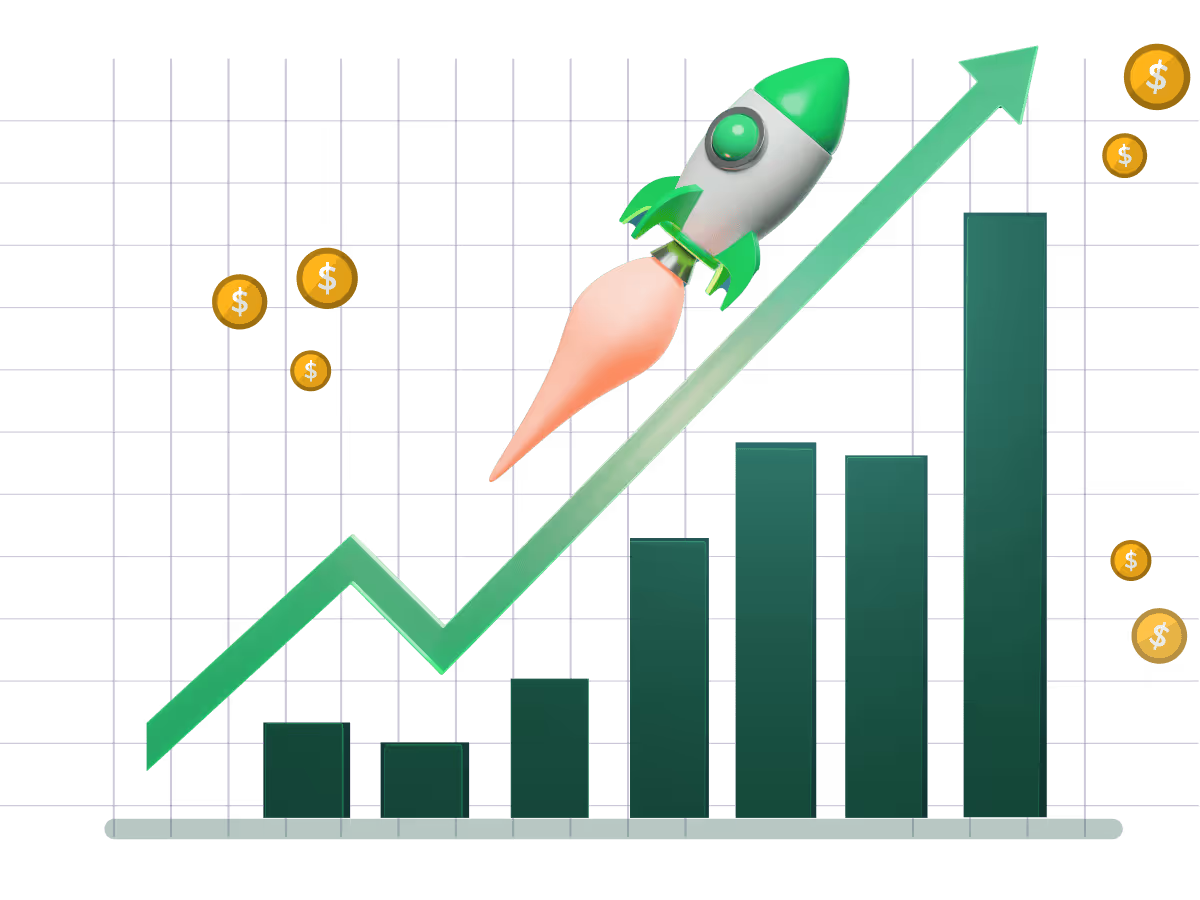



Introduction: A Day in the Life Without Enablement
Picture this: A sales rep on a crucial call, sweat beading on their brow, frantically digging through outdated PDFs while the buyer's patience wears thin. A marketing team scratching their heads, wondering why their brilliant content is gathering digital dust. A sales manager, relying on gut feeling instead of hard data to coach their team. Sound familiar? That's life without solid sales enablement—or what many now call "sales readiness" or "sales empowerment."
This isn't just a bad day; it's revenue hemorrhaging. Without the right tools, guidance, or strategy, your workday becomes a chaotic scramble.
Without enablement teams watching your back,
Without sales enablement, revenue teams will work like a disconnected orchestra. Each section will pay its own tune —leaving money and opportunities on the table.
But what if you could conduct a symphony? Think of sales enablement as the maestro of your revenue orchestra, ensuring everyone plays in perfect harmony. It's the oil that keeps your revenue engine running smoothly, the secret ingredient that transforms chaos into a high-performing, revenue-generating machine.
When to Implement a Winning Sales Enablement Strategy For Maximum Impact
Smart leaders believe in starting sales enablement early, even without a dedicated department. Thinking ahead and setting up enablement from the start is like building a strong foundation for a skyscraper – it’s essential even if you can't see the top floors yet. This proactive approach makes sure sales teams are set up for success right from the beginning.
But simply starting early isn't enough. To maximize impact, it's crucial to follow best practices for implementing sales enablement, such as clearly defining goals, aligning sales and marketing teams, and choosing the right technology.
Sales Enablement is NOT Sales Operations: It's important to clarify what sales enablement is not. It is not sales operations, which deals with processes, technology, and overall sales efficiency. Sales enablement focuses on providing sales teams with the knowledge, skills, and tools they need to succeed.
1. The Sales Rep: Faster Ramp, Stronger Execution
"Give Reps the Right Tools at the Right Time"
The modern buyer is more informed than ever, making it crucial for sales reps to deliver relevant, value-driven conversations. Sales enablement provides consistent support through content and tools, allowing salespeople to perform at their maximum efficiency.

To truly understand how to improve sales performance with enablement, consider this: when reps have instant access to the right content, receive personalized coaching, and can track their progress, their confidence and effectiveness skyrocket.
- Result: Reps who leverage enablement effectively close 35% more deals than those who don’t.
Takeaway: Sales enablement isn’t just about knowledge—it’s about high-impact execution. And for reps, it’s the difference between shooting in the dark and hitting the bullseye every time.
2. The Sales Manager: Data-Driven Coaching & Performance Tracking
"Empower Managers with Insights, Not Instincts"
Sales managers play a critical role in coaching and scaling their teams. Sales manager enablement is particularly important, as they have the greatest potential impact on sales force performance.

- High-performing sales teams are 3.5x more likely to use sales analytics to inform coaching strategies.
By making data-driven decisions rather than relying on intuition, managers can elevate team performance and drive sustainable revenue growth.
3. The Marketing Team: Maximizing Content ROI & Sales Alignment
"Turn Content from a Black Hole into a Revenue Driver"
Marketing teams invest heavily in creating high-quality content, yet only 35% of it is ever used by sales.
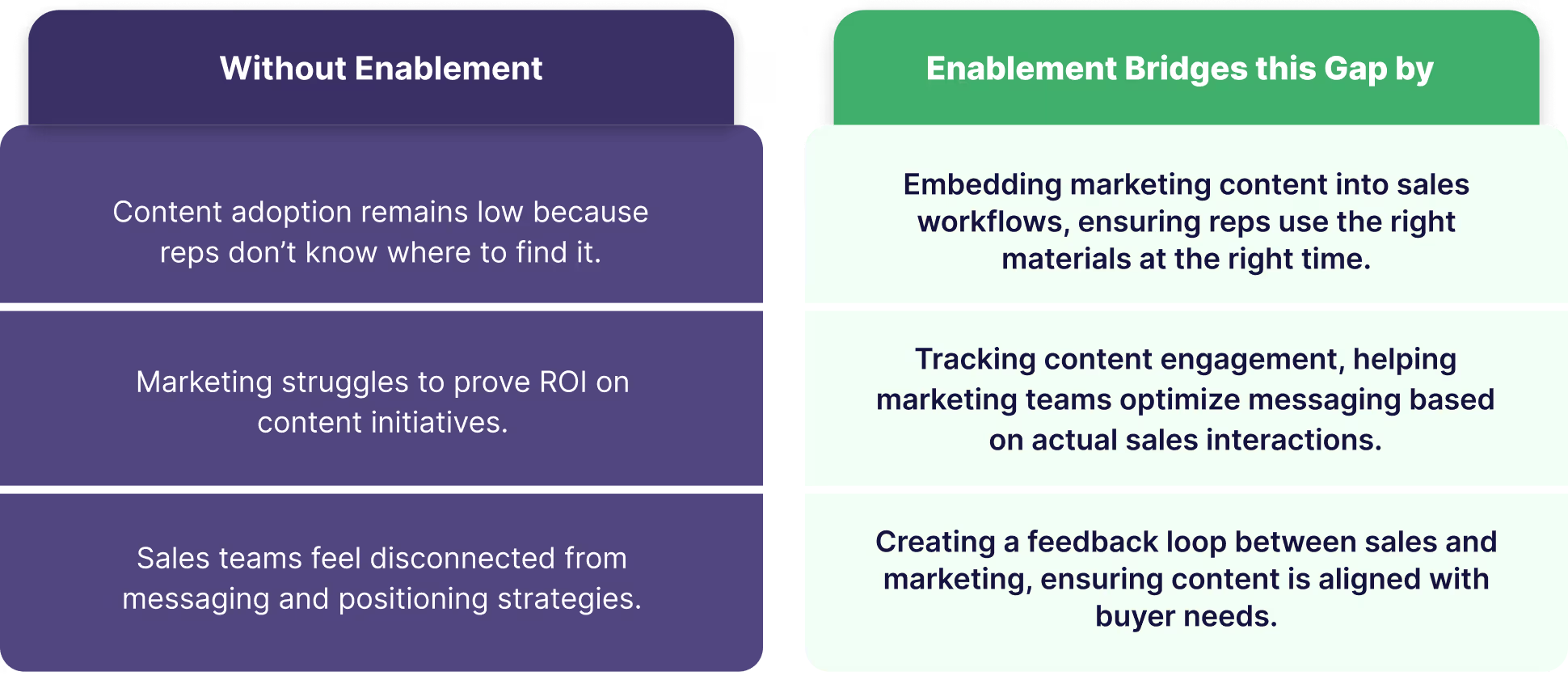
Sales enablement breaks down silos and unites stakeholders across marketing and sales teams, leading to more effective sales communication, increased collaboration, and access to valuable data for informed business decisions.
- Companies that align sales and marketing through enablement see a 38% higher win rate.
By transforming content from static PDFs into dynamic sales assets, marketing ensures their efforts drive measurable revenue impact.
4. The Customer Success Team: Reducing Churn & Driving Expansion
"Enablement Doesn’t Stop After the Sale"
Customer success teams play a pivotal role in retaining customers and expanding accounts, yet they often lack the enablement resources needed to be proactive.
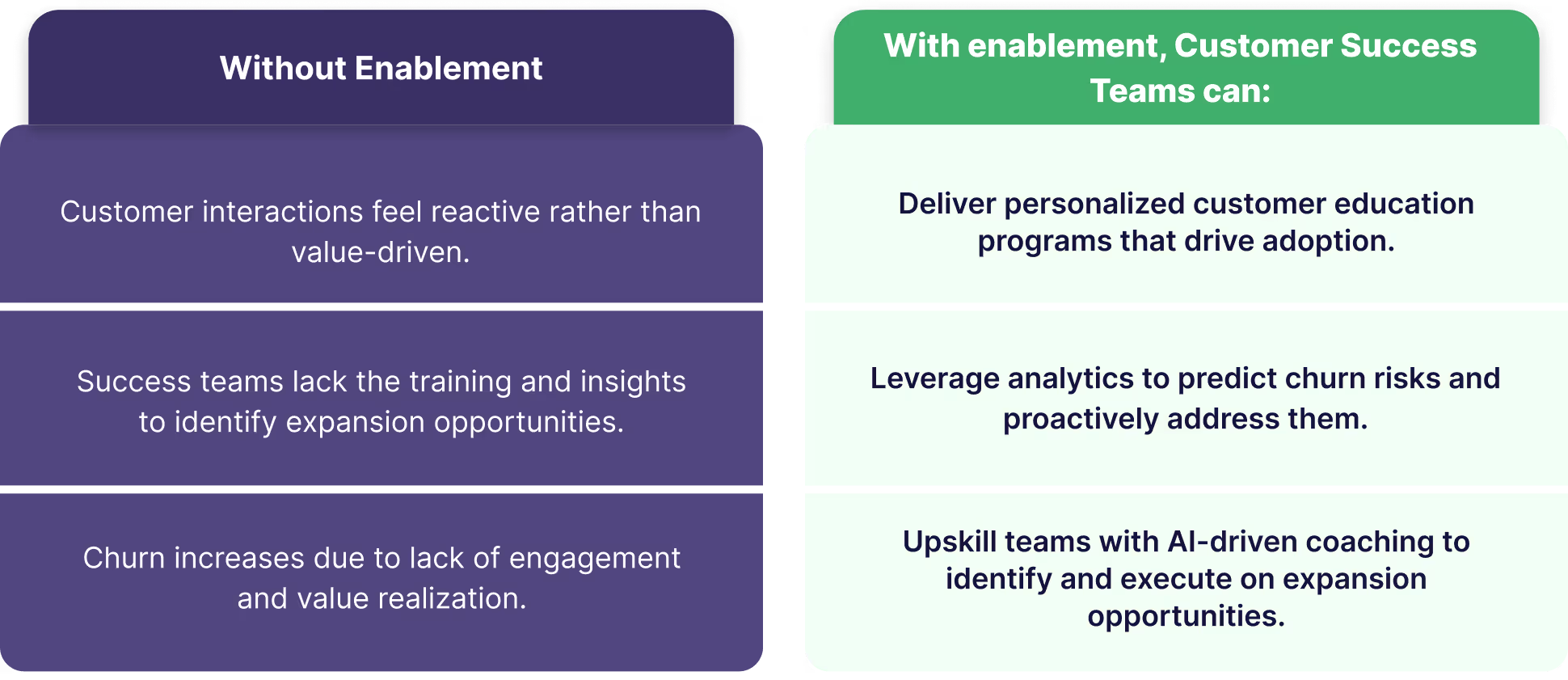
Enablement ensures that the post-sale experience is as strategic as the initial deal closure.
5. The Partner Enablement Team: Scaling Through Channel Success
"Equip Partners to Sell Like Your Internal Team"
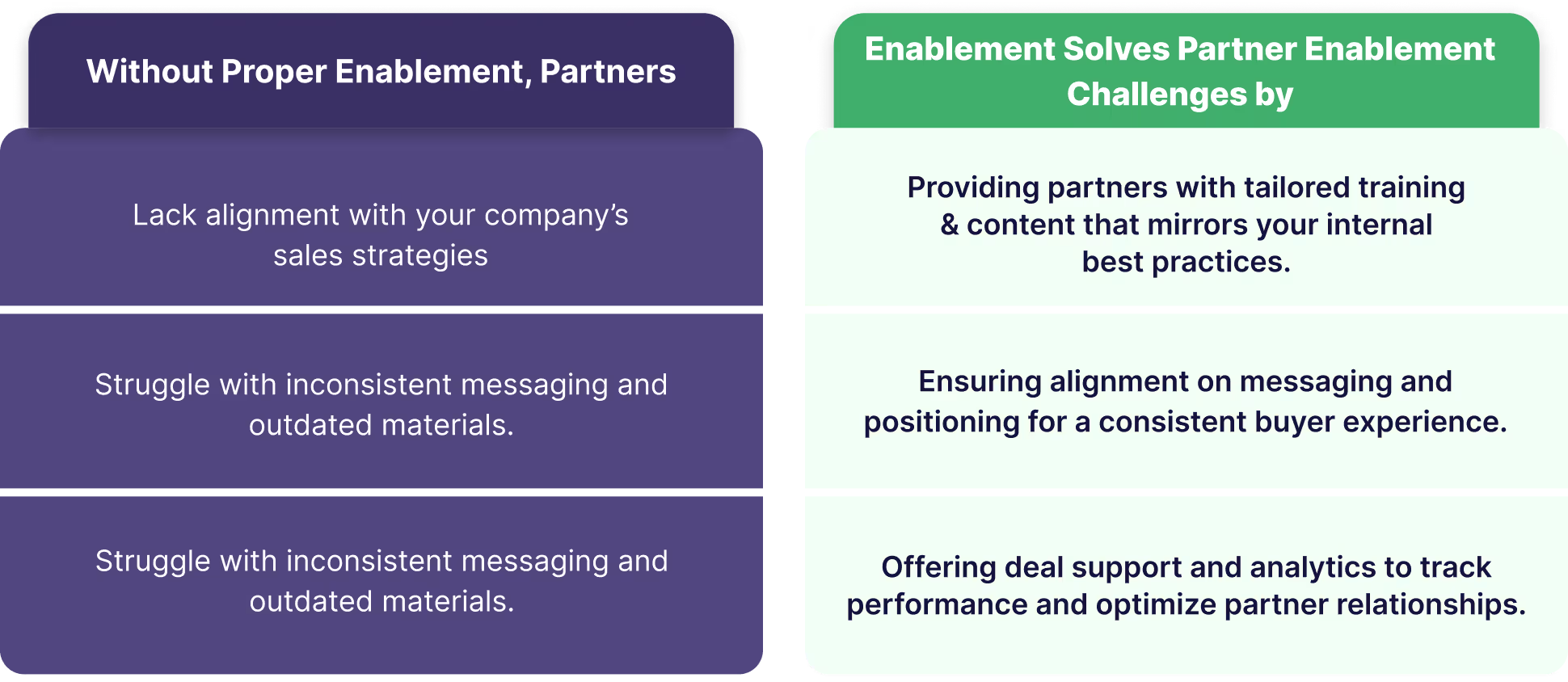
Companies that invest in partner enablement see 48% higher partner revenue contributions.
6. The Sales Development Team: Improving Prospecting & Outreach
"Turn SDRs into Pipeline Generators"
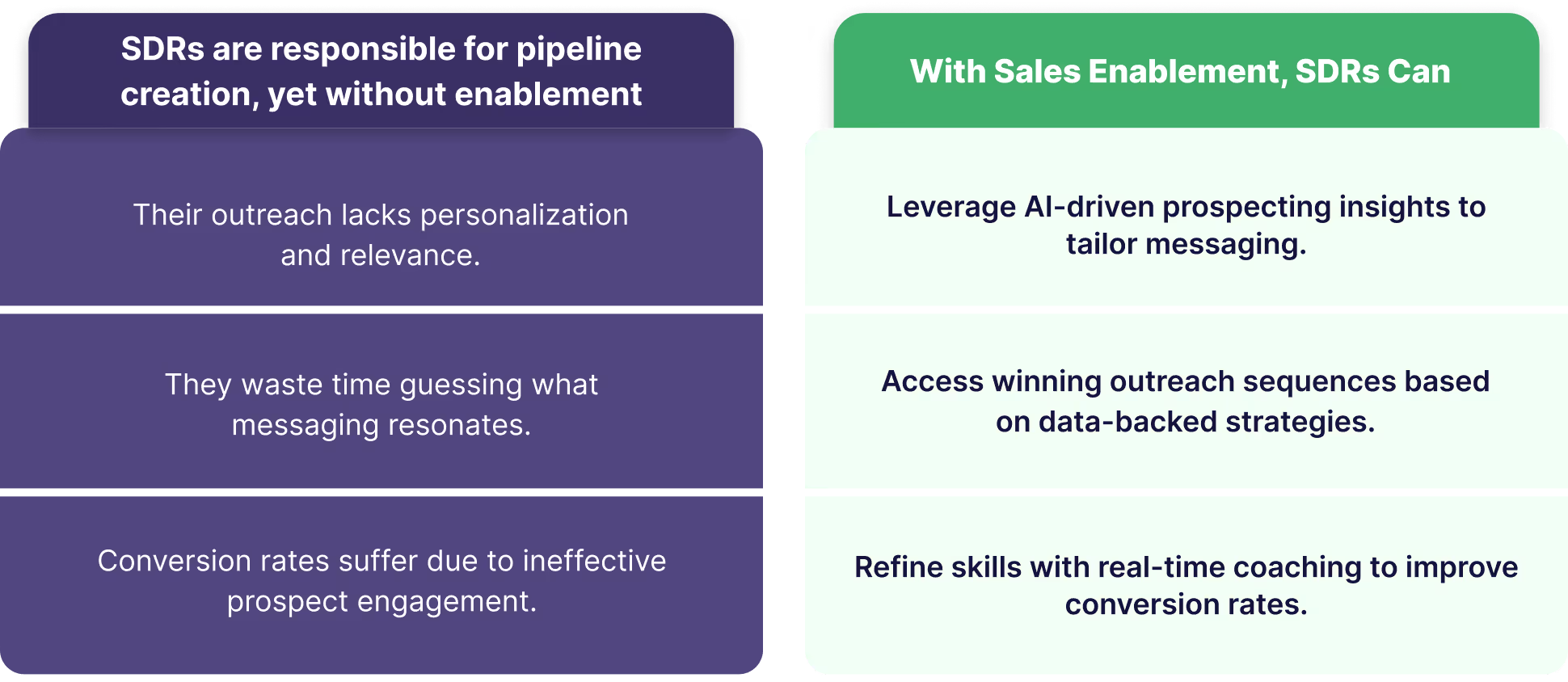
Enablement turns SDR teams into highly effective, pipeline-driving engines.
Ensuring Commitment Fulfillment:
It is crucial for every stakeholder to ensure that commitments to customers are fulfilled. Encourage a collaborative environment where teams work together and provide necessary support.
ROI-Driven Impact: Demonstrating Measurable Value
Sales enablement is not just about supporting teams—it directly contributes to business growth. Companies that implement a strong sales enablement strategy experience:
- 67% Faster Ramp Time: New sales hires reach full productivity quicker, reducing costs associated with onboarding.
- 35% Higher Win Rates: Sales teams using AI-driven enablement close more deals.
- 48% Increase in Partner Revenue: Companies investing in partner enablement see improved channel performance.
- 27% Increase in Deal Size: Effective enablement ensures sales reps engage buyers with relevant insights, leading to larger contracts.

“Adoption of GTM Buddy was easy and natural. Four in five sellers started using the tool in the first 30 days. This gave us rich content performance insights and helped us centralize our activity tracking in our CRM for better reporting”
Addressing Misconceptions About Sales Enablement
Misconception 1: "Sales Enablement is Just About Training"
- Reality: While training is a key component, enablement also includes real-time content delivery, AI-driven insights, coaching, and performance analytics to support sellers throughout the entire sales cycle.
Misconception 2: "Enablement is Only for Sales Teams"
- Reality: Enablement supports marketing, customer success, and partner teams by aligning messaging, improving content adoption, and driving customer engagement post-sale.
Misconception 3: "Enablement is Hard to Measure"
- Reality: With the right tools, organizations can track content engagement, coaching effectiveness, deal acceleration, and revenue impact to demonstrate ROI.
By addressing these misconceptions, companies can fully leverage enablement as a strategic revenue driver, not just a support function.
Conclusion: The Future of Sales Belongs to Enabled Teams
Sales enablement is no longer optional—it is a business necessity. Organizations that invest in a structured enablement strategy create alignment across sales, marketing, customer success, and partner teams, ensuring that every touchpoint in the buyer’s journey is optimized for success.
With measurable ROI, streamlined collaboration, and AI-driven insights, enablement accelerates growth, improves sales performance, and drives revenue impact at scale. Companies that embrace enablement are not just keeping up with market trends—they are setting the standard for a modern, efficient, and buyer-centric sales organization.
Are you ready to transform your sales strategy?
Explore our full Sales Enablement Guide or book a demo with GTM Buddy today to see how AI-powered enablement can revolutionize your revenue teams!

